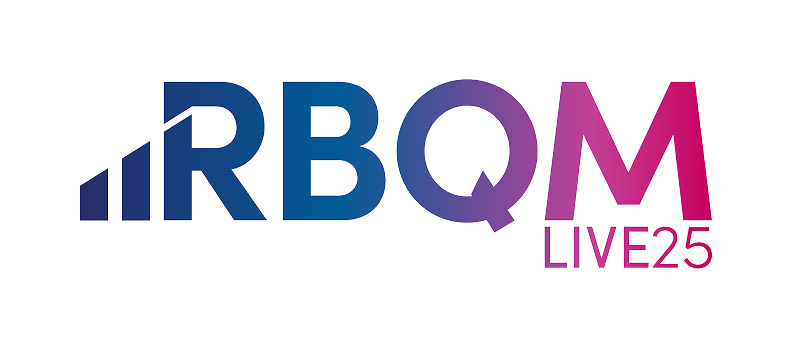Last week, we hosted our second webinar of 2017, Implementing Risk-Based Monitoring – What Does the ICH E6 Rev 2 Mean for My Company? There were many great questions from the attendees. In fact, we had so many questions that we couldn’t get through them all! So as promised, we’ve documented the most common questions, along with our answers. Enjoy!
Q: Risk-Based Monitoring sounds like the FDA encouraging Sponsors to begin looking at Data from Sites earlier on in the Study timelines. So why are the Sites beginning to feel their “hair is now on fire” for faxing and copying HIPPA sensitive data over email and fax. This message/ perception needs to be looked at. And know that R2 is an FDA to SPONSOR revision and should affect sites on a day to day basis
A: Indeed Risk-Based Monitoring methodology does encourage pro-active monitoring of relevant data and information from across all participating sites in a clinical trial – with emphasis being placed on centralized monitoring using intelligent/statistical methods that help to identify sites that are outside of an expected range across various quality (or performance) measures. This allows teams to direct their attention more effectively to clinics that may need some support to overcome particular challenges (training needs, etc.). However, the practice of asking sites to fax or scan various patient source documents for remote review is not called for by RBM guidance/methodology. This practice is being employed by some sponsors (for good or ill), and unfortunately, sites are being told that this is a part of “RBM”. In our view – and based on the FDA and ICH guidance already provided – this is NOT part of RBM.
Q: How does ICH E6 R2 impact Computer System Validation, if any?
A: There are indeed several paragraphs added to the new R2 update that address aspects of Systems Validation. We suggest you review those additions directly in the current final version (publicly available).
Q: Remind us when patient profiles will be rolled out in CluePoints
A: Patient Profiles are available with our April release – in two weeks!
Q: ICH E6 R2 indicates the need for monitoring reports for central monitoring. We recognize central monitoring may be conducted by various roles (dedicated resources, plus physicians, scientists, quality, data managers, etc.) and is done on an ongoing manner. Any insights on how to best document central monitoring activities in a ‘report’ without overburdening the organization?
A: What documentation is created is dependent on where and how the monitoring activities are occurring. The most important element is defining, up front, the process, audit trail (if there is one) and criteria for assessment/outcome determination and action/escalation. There are 2 primary ways to capture central monitoring activities in a report format: 1. A simple event-driven report typically created by the user completing the assessment listing/describing data reviewed/outcomes/actions. Or 2. An end of study or scheduled summary report of activities that lists the activities/outcomes undertaken in a specific timeframe or throughout the study (e.g. in an RBM platform, like CluePoints). The objective of capturing the evidence of your central monitoring activities is to demonstrate that you are adhering to your monitoring plan and addressing the risk appropriately.
Q: Will you please address with ICH E6 R2 takes effect in US and EU? In other words, when are sponsors expected to make sure their studies comply with the new guideline.
A: ICH E6 R2 is expected to be effective in Europe, per the EMA, as of 14 June, 2017, and the FDA has not set an effective date as of today.
Q: How do one can detect fraud in RBM studies?
A: There are a number of statistical tests that can be very helpful in detecting fraud in clinical research, and we recommend using a combination of these to be most effective. A few to consider:
– Variability testing: looking for unusual lack of variability in patient measurements for a single patient (e.g., across visits) or across patients within one site.
– Mean values: identifying patients whose mean measurements are consistently in a different range than other patients within the study.
– Timing of Events: As in the ePRO fraud case that we discussed, looking at an unusual distribution of patient event dates or times can be helpful as well.
Q: Do you have any recommendation of document that we can study for identifying KRI?
A: We suggest visiting the TransCelerate RBM website, which posts publicly available RBM guidance materials including a suggested library of KRIs to consider. The Metrics Champion Consortium (MCC) has also developed a list of KRI definitions – with more detailed guidance on KRI algorithms and thresholds. Access to the MCC materials requires membership first. CluePoints also has deep expertise in KRI methods and best practices and offers consulting in this area (and RBM methodology in general) if you are interested.
Q: Do you know what type of data errors were typically caught by SDV? e.g. unreported AEs?
A: Indeed the analysis we performed revealed that SDV had a relatively bigger impact identification of unreported AE’s (7% to 12% of total AEs) than on finding data entry errors (1% of data). Our conclusion was not that you should do 100% SDV of AE’s, but that relatively more SDV focus should be put on AE reporting than on other data.
Q: Do you have any examples of effective rationale documentation for the chosen monitoring strategy
A: An appropriate rationale will associate the identified and assessed risks related to the study’s critical data to the specific mechanism of review and evaluation specified in the plan. In other words, the monitoring strategy has to show that you have control and oversight in place for data points that impact safety and study outcome.



